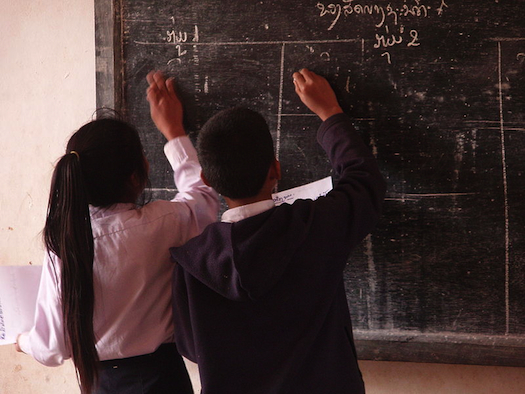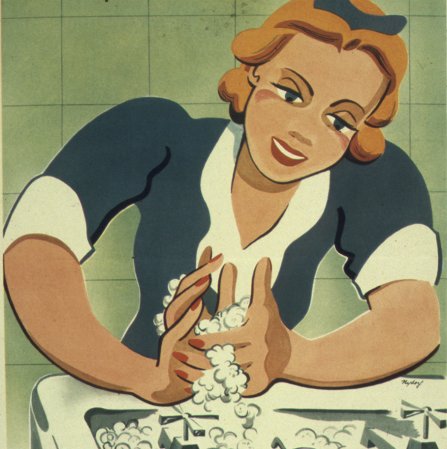

Maple is the unofficial wood of baseball. Thanks to good old Barry Bonds, who used maple bats in his 2001 marathon home-run season, players increasingly favor the lighter wood, which according to one collector, just has “more pop” than other bat materials like ash.
Unfortunately, maple bats have a tendency to explode, sending sharp fragments of wood shooting in all directions, injuring fans and players alike.
More than half of all baseball bats sold to major-league teams last year were maple, and the MLB wants to make sure every batter stepping up to the plate isn’t wielding a ticking wooden time bomb, so they’ve teamed up with U.S. Forest Service scientists to figure out how to make maple bats safer.
The scientists found that the more the cut of the wood strayed from the original grain, the more likely the bat was to shatter, The New York Times reports. The baseball league altered regulations to require that the grain in the bat not deviate from the original grain of the wood by more than 3 percent, as well as adding minimum densities and weight-to-length ratios. Black ink was added to the wood to make the grain easier to follow.
It seems to be paying off. The rate of shattered bats has dropped for the past four years. Around 1,200 bats shattered in players’ hands last year, compared to 2,500 in 2008. The average “multipiece failures per game,” i.e. the number of bats that shatter into a million shrapnel pieces, has gone down from 1.0 in 2008 to 0.47 to 2013.





![How To Get Rich In Your Country Of Choice [Infographic]](https://www.popsci.com/wp-content/uploads/2019/03/18/IFJHDLIUBB7TR4F7EEMOVYGZHI.jpg?quality=85&w=525)





